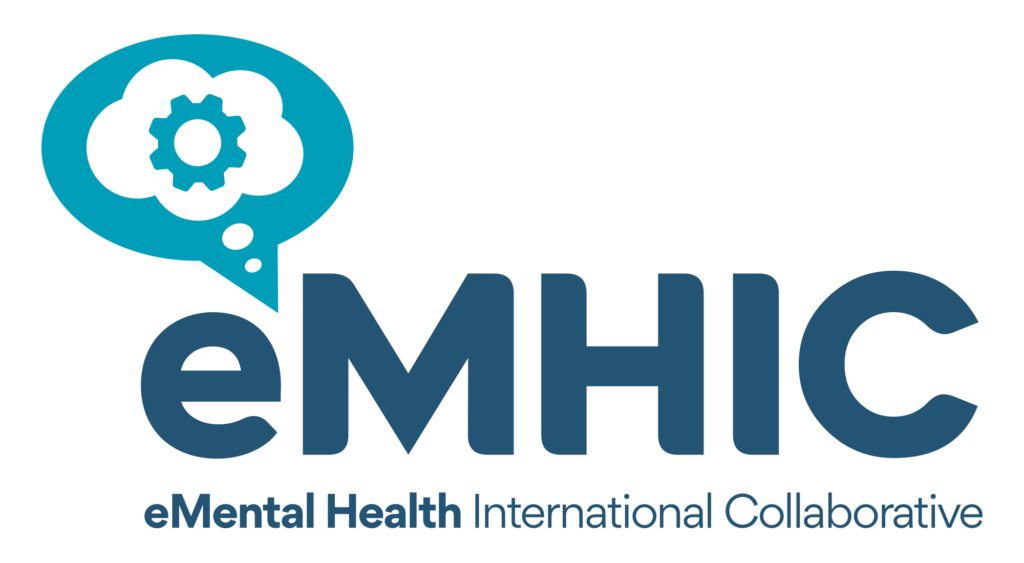Professor Nick Titov reflects on ten rewarding years of delivering digital mental health care to people across Australia.
In December 2012 we launched the Australian MindSpot Clinic, mindspot.org.au. Our purpose is to deliver psychological mental health services using telephone, online and digital technology and by doing so, reduce barriers to care. In late 2022 we celebrated our 10th anniversary.
In this reflection, I summarise three of the (many) changes which have profoundly shaped MindSpot over that decade. Building on these observations, I identify three key lessons and how these are shaping our future plans.
Three Things That Changed MindSpot
Changes in Technology
During the first ten years of MindSpot, humanity’s use of and relationship with technology (tech) changed in fundamental ways. In 2012 most people used a desktop computer to access MindSpot services. But as tech and use of tech evolved, consumers migrated to tablets and now mostly to smartphones. In parallel, the community became increasingly comfortable using tech to access healthcare, including mental health services.
These changes meant that peoples’ relationship with tech also changed; tech had become more personal and more a part of our habits and routines, and consequently, consumers’ expectations about their experience with tech changed.
These massive social/technological changes, in turn, had important consequences for MindSpot including: First, we had to develop internal capabilities to deliver a contemporary UX experience. This was not just about the consumer-facing experience but also about the digital tools and platforms we provided to our therapists. In turn, we had to embed the experience and expectation of change into the DNA of MindSpot staff, so that change is regular, welcomed, and all staff feel empowered to contribute to planning future feature improvements.
Second, and as the community became more comfortable using tech to access health services, we recognised that the needs of our user base had changed. People wanted to use technology in different ways and with different devices. This added to the complexity and challenge of creating a consumer interface that was flexible and adaptive, while also recognizing that it could not all be digital; some users continuing to request hard (paper) copies of our treatment materials.
Third, the technology underlying our platforms was also continuously evolving, enabling opportunities to increase efficiencies and offer our consumers new experiences. Consequently, from a team which was predominantly a clinical cohort MindSpot now includes service development, software development and other teams, who are committed to continually improving our services.
Changes in Service Demand and Users
In parallel with changes in technology, demand for MindSpot services grew considerably. From serving 5,000 people in 2013 we now serve more than 30,000 Australians each year. But as already noted, MindSpot users are not a homogenous group, and instead represent a broad cross section of the Australian community with a user age range from 18 to 100 years of age (and counting), with a diverse range of needs, mental health concerns and risk profiles.
The real interface for this heterogeneity have been our clinical team, comprising mental health professionals from many different disciplines. While we use tech to improve access and improve our efficiency, our overwhelming experience has been that skilled clinicians add enormous value above and beyond our automated service options and that they are essential for successfully supporting those experiencing a mental health crisis. Hence, training and supervision is foundation stone of MindSpot. Within months of launching MindSpot we learned that many of the nationally accredited mental health professionals we employed had little or no experience providing standardised and manualised treatment protocols and similarly little experience in using patient reported outcome measures. We realised that the professional and cultural gaps between our service models and those of traditional psychological clinical practice were so broad that we needed to create a bridge for incoming therapists.
Consequently, we built the MindSpot Academy. This was created to not only train and supervise our own clinical team, but to also train interns and provisionally registered mental health professionals. The Academy has been hugely successful and we now provide placements to students from 9 universities across Australia. This investment in workforce is not just about providing a workforce for MindSpot, we are cognisant that unless a national workforce is created then our sector will fail.
Changes in Governance and Quality
One of our European colleagues once described our sector as the ‘Wild West’; a place with limited governance or regulation. One of the pleasing changes in the last decade has been the increased focus on quality and safety. From being seen as an ‘academic’ exercise, MindSpot and other digital mental health services have demonstrated that they are important components of the broader mental health system and appropriately, national regulators have sought to understand and propose frameworks for our sector.
Creating a regulatory framework for digital mental health services has been particularly challenging, as our work is not just about clinical care with consumers, but also involves the safe and appropriate use of digital tools and platforms for delivering services, which extends to technical governance. I am delighted to have seen, at least in Australia, a strong relationship between regulators and service providers, who have worked together to develop national standards (the Australian National Safety and Quality Digital Mental Health Standards). This direction has been genuinely welcomed by the sector who are committed to delivering high quality care, and who want to reduce risks to consumers and the broader public posed by service providers who have been attracted to the sector by hype and the promise of quick profits.
These developments have occurred in parallel with independent reviews of services like MindSpot and references to our work in national and state mental health reviews. These reviews have independently confirmed that our services are clinically and cost-effective, and invariably conclude that they should be scaled-up. This has been reassuring to our funder, the Australian Government, who had the wisdom and foresight more than a decade ago to adopt an e-Mental Health strategy which has supported groups like MindSpot to deliver an innovative and more accessible model of mental health care to people across Australia.
Three Key Lessons
The three changes noted above have resulted in many (many!) learnings. Among them, three main themes or lessons have emerged which are guiding our forward plans.
First, regarding social and technological change, we have learned to welcome new innovations, but to be cautious of hype. The famous Gartner Hype Curve has strongly influenced our strategic planning, as it reminds us that most new tech goes through several phases of use and development before the true value proposition is realised. So, for example, while we are very interested in the potential of the different potential uses of AI, we are comfortable not over-investing in such tech until we have a clear understanding of the costs vs. benefits and we have identified a logical place in our system and consumer journey architecture for such tools.
Second, regarding service demand and our consumers, we have learned to look at heterogeneity as an opportunity to improve our services, rather than as a challenge or a problem. So, for example, we have embedded consumer advisors into all levels of planning and evaluation of our services, we have an active Diversity Reference Group comprising staff from across MindSpot and have a strong roadmap for our First Nations Reconciliation Action Plan (RAP). These are not trivial additions to what we do, but profoundly shift how we plan, develop, deploy and evaluate our services.
The third theme or lesson is that our role in the mental health sector is evolving. In a perfect world the ‘field’ of digital mental health services would not exist. Instead, our models should be integrated within existing traditional ‘place-based’ mental health services. But the reality is that traditional mental health service models are often unable or unwilling to deliver structured interventions or measure clinical outcomes, most use archaic electronic management systems with limited capability for interoperability, and many therapists and managers are burnt out due to constant change and crisis management.
This dire analysis is not fatalistic. Of course, some traditional services will and are adopting digital tools to assist with improving access, scale and quality. In the meantime, our field of digital/online mental health services must continue our primary aims of providing high quality clinical care to consumers who can’t or won’t access traditional models. In addition, we also need to continue to share our learnings and outcomes with policy and decision makers, funders, regulators and our colleagues in traditional services.
Although our profile as a sector remains limited, I am pleased to have observed increased awareness amongst policy makers and colleagues that digital mental health services do make an important and high-quality contribution to service delivery. After several years of leading the MindSpot team I am increasingly and personally seeing our impact; in my daily life I now regularly come across people who have used our services, and who have often had a positive experience. It is deeply moving to hear of their journey and their gratitude at receiving high quality care and accessible care.
Conclusion
In summary, it has been a ‘wild’ first decade. Our 10-year anniversary celebration was an important milestone both for MindSpot but also for our wider sector. Each day I continue to focus on improving what MindSpot delivers, but I am proud of our team and of our achievements. Services like MindSpot are not a panacea, but for ten years we have demonstrated that such services can help reduce barriers to high quality and cost-effective mental health care.
Acknowledgements
MindSpot is funded by the Australian Government.







